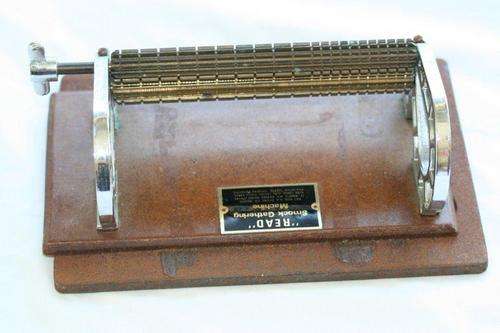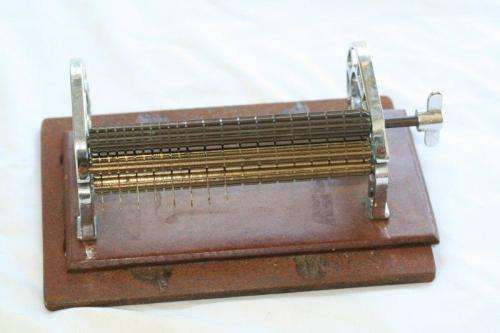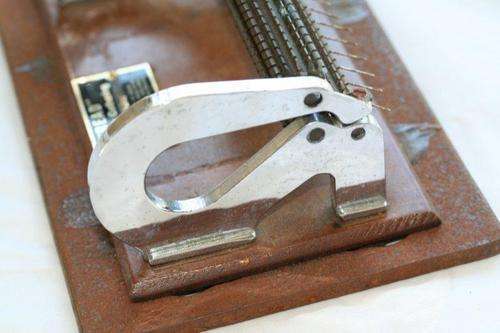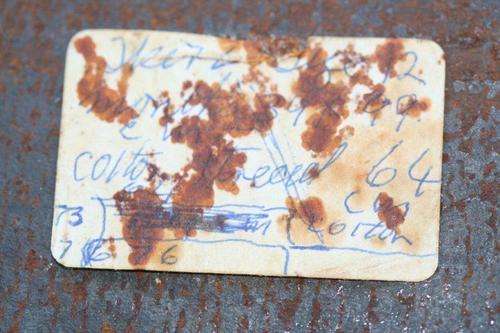
A VINTAGE 'READ' SMOCK GATHERING MACHINE!!!
Check my rate
| Main centres: | 1-3 business days |
| Regional areas: | 3-4 business days |
| Remote areas: | 3-5 business days |

| Main centres: | 1-3 business days |
| Regional areas: | 3-4 business days |
| Remote areas: | 3-5 business days |
A RARE SOUTH AFRICAN INVENTION FROM 1947!!!! I AM NOT EXACTLY SURE HOW OLD THIS PARTICULAR MACHINE IS HOWEVER I AM GUESSING IT COMES FROM THE 60's OR 70's. PLEASE VIEW THE PICS VERY CAREFULLY FOR DETAILS AND THE CONDITION OF THE MACHINE. IT LOOKS LIKE A FEW NEEDLES ARE MISSING OTHERWISE IT'S IN GREAT CONDITION - THE HANDLE AND THE ROLLERS ALL TURN WELL . POSTAGE AND PACKAGING WILL BE R58.00 AS IT'S QUITE HEAVY.
PLEASE VIEW THE PICS BELOW.
Some info from the internet;
A prototype Keet Pleating Machine was produced in South Africa in 1946. It was very complicated to use, and discontinuous in operation, and was therefore never successfully commercialised. The brothers James Read, an engineer, and Stanley Read, an accountant, of Somerset West, who both had wives who smocked for their daughters, decided to take the Keet principle one step further by producing a continuously operating machine that was simple to operate – the Read Smock Gathering Machine or Read Pleater, another world-first.
The inspiration for these early pleaters came from the humble mangle with rollers that was used for pressing sheets, towels and clothing after washing. They copied the four rollers, all positioned on the same level, and bent the embroidery needles to fit the curve of the rollers.
Read Pleaters are hand-operated and gather a piece of material into pleats that are held together by threads. The pleated material is then ready to take the embroidery. The Read Pleater is compact, continuous in operation and efficient, and has greatly speeded up the task of smocking. The first Read Pleater was a small, 16-row machine but it was soon followed by larger 24- and 32-row pleaters in the 1980s.
Click on this link for additional info: http://www.iol.co.za/scitech/technology/news/sa-invention-keeps-smocking-alive-1.1187041







 SA invention keeps smocking alive
SA invention keeps smocking aliveclick the link below to see many other interesting items: